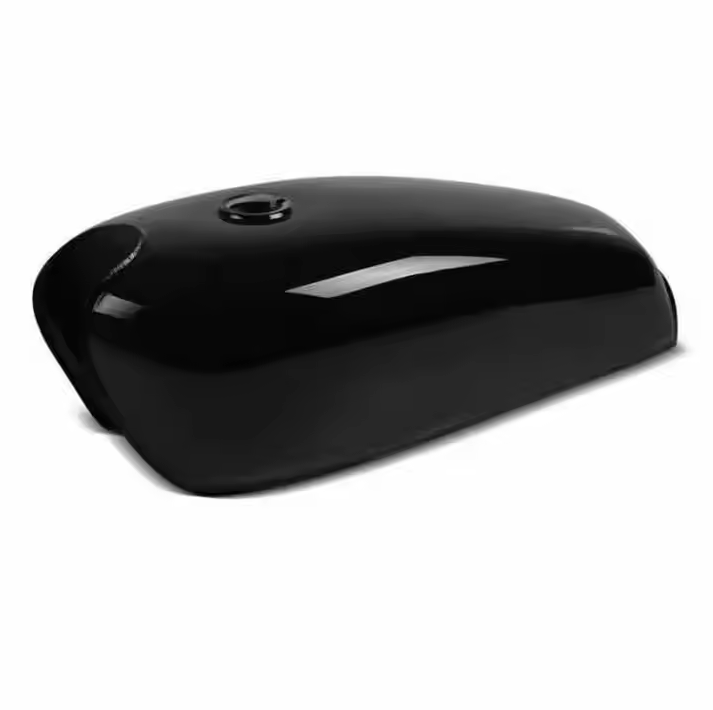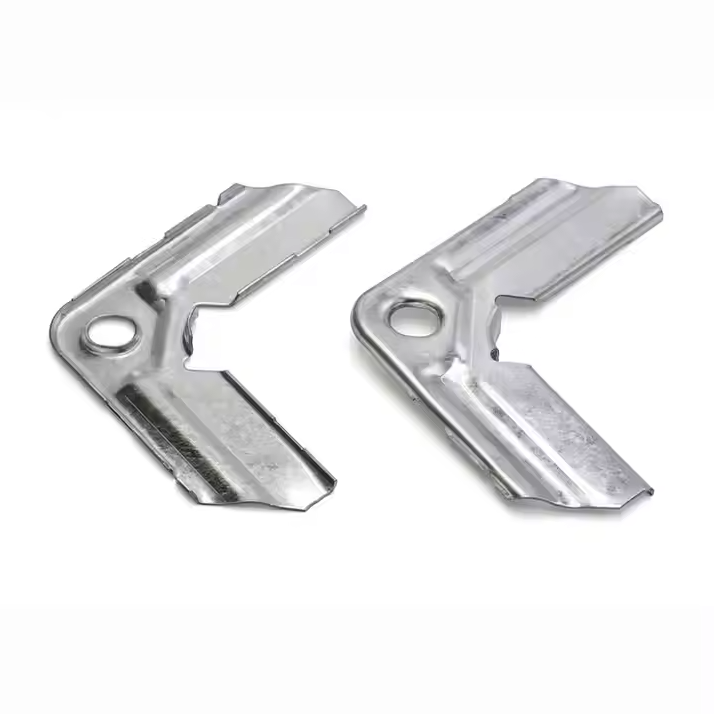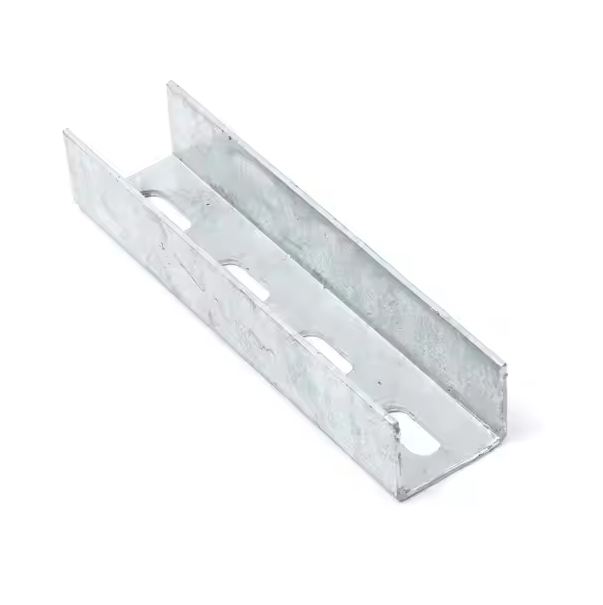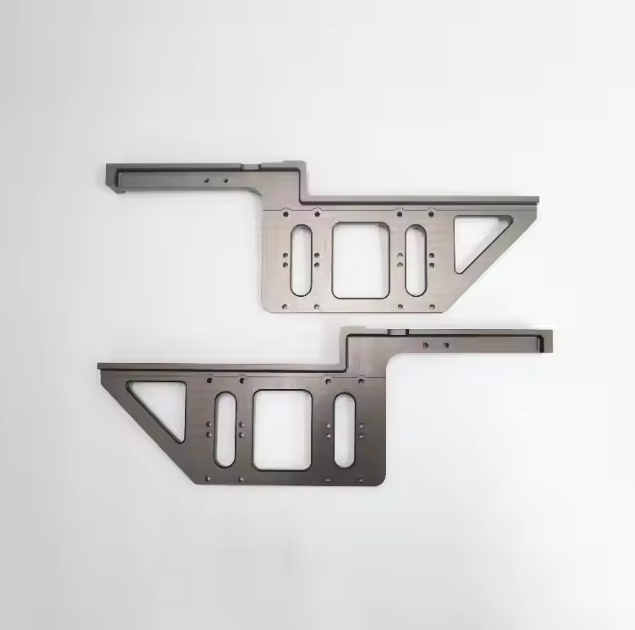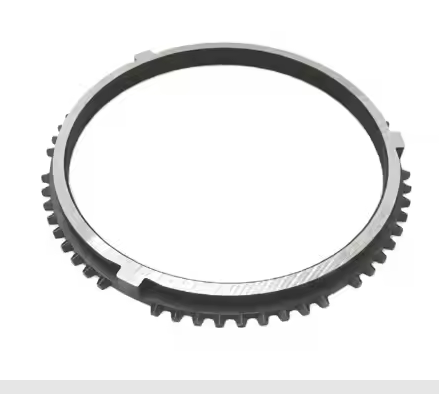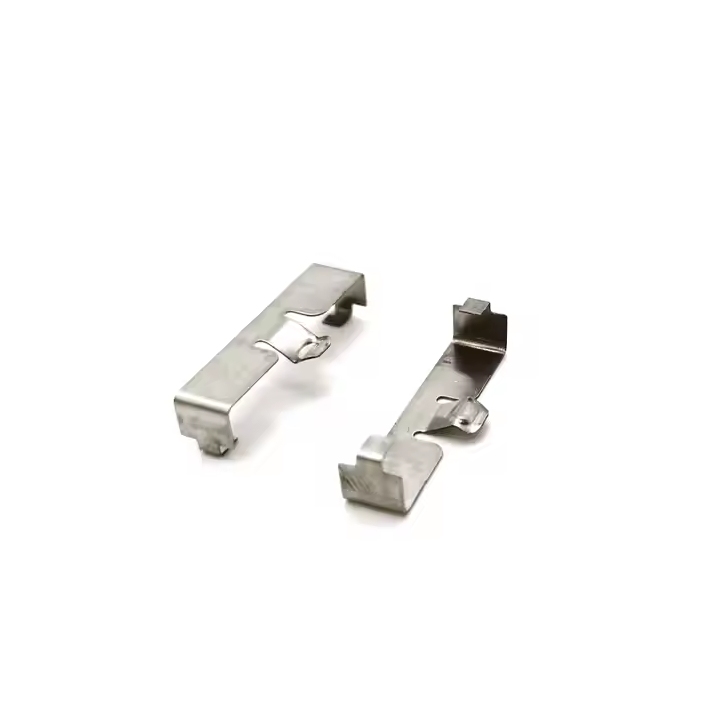Products
Aluminum deep drawing motorcycle fuel tank
Metal Can Parts Information | |
Product name | Sheet metal deep drawing fuel tank/auto parts motorcycle fuel tank/deep drawing metal sheet parts |
Product Type | fuel tank |
Size | Custom sizes |
Condition | new |
Origin | Shenzhen, China |
Applicable types | Customized according to customer drawings |
Material | Stainless steel, mild steel, carbon steel, aluminum, alloy, iron, brass, titanium, copper, etc. |
Surface treatment/ processing technology | Galvanized/nickel/chrome plated, powder coated, polished, anodized, painted, hot dip galvanized, brushed, passivated, KTL, etc./ Stretching, EDM, punching, embossing, bending, riveting, welding, laser cutting, etc., according to customer needs |
Mold | In-house design, production and assembly |
Drawing format | PDF, DWG, DXF, STP, IGS, etc. |
Certification | ISO9001/ISO13485/ISO14001/IATF16949 |
Dimensional tolerance/ Delivery time | ±0.05 mm/15-25 days |
Industries we serve | Machinery parts, Auto parts, Mining equipment, Furniture hardware, Medical equipment, Electrical equipment, Building hardware, Agriculture, etc. |
Advantages of stamping products
Xuanmin offers a range of stamping design features to meet your unique needs.
Efficient production
Rapid prototyping: Through stamping equipment and molds, a large number of products can be produced in a short time.
Suitable for mass production: Especially continuous stamping, it can be mass-produced at a lower unit production cost.
Precision and consistency
Dimensional stability: Stamping parts have consistent size and shape, which can meet the needs of precision parts.
Complex processing: Parts with complex shapes, such as small holes or specific objects, can be processed.
Dynamics
High material utilization: The stamping process minimizes material waste.
High degree of automation: Reduce manual participation and reduce production costs.
Wide applicability
Various metal materials: Suitable for a variety of metals such as steel, stainless steel, aluminum, copper and its alloys.
Wide industry applications: Covering automotive, electronics, aerospace, home appliances, medical and other fields.
Strength and durability
High-strength parts: The material is usually cold-processed during the stamping process, and the part strength is higher.
Long service life: The bearing seat is wear-resistant and corrosion-resistant, and can adapt to various complex environments.
Complex process
Drill processing: Combine punching, bending, stretching and other processes to achieve part function drills.
Multifunctional mold: Multiple jobs can be completed at one time through composite mold or continuous mold.
Environmental protection
Material recycling: Mattress materials can be recycled, which helps to reduce waste.
Green manufacturing: Advanced equipment reduces refractive index and emissions, which is more environmentally friendly.
Types of Metal Stamping
According to the characteristics, stamping technology can be divided into single die stamping, compound die stamping, transfer die stamping and continuous die stamping.
Single-die stamping
Single-die stamping refers to stamping in one cycle, and the material only needs to go through one stamping action, usually through a single die to complete the forming, punching, stretching and other operations. It is also called single-die stamping.
Single-die expansion is suitable for small-batch production and simple parts, with simple process and low production cost.
Compound die stamping
Compound die material refers to the completion of multiple processing steps at one time through multiple operation steps (such as punching, stretching, bending, cutting, etc.) in the same die. Usually multiple processes can be performed for each stamping.
Compound die base is suitable for most batch production, and the production efficiency and precision are improved through multi-process processing, but the mold cost is higher.
Transfer die stamping
Transfer die stamping is a process of step-by-step processing using multiple dies in a stamping machine. Each part is sent between multiple dies, and the die performs a specific stamping operation. The delivery die can be multiple, and the workpiece is supplied from one die to another by a robotic arm or other device.
Transfer die stamping is suitable for large-scale production, and production efficiency can be improved through automation, but a highly complex mold system is required.
Progressive die stamping
Progressive die stamping is a process of stamping workpieces in a continuous production process through a multi-process die system. The workpiece moves continuously between different processes of the die, and each process completes a processing step of the part.
Progressive die stamping is almost all the processes in mass production, which can achieve high efficiency and efficiency, but the die design and manufacturing costs are extremely high.
The choice of stamping process usually depends on factors such as the complexity of the part, the production batch, the precision requirements, and the cost control.
Xuanmin's Strength
Xuanmin has a core mold manufacturing team. From simple molds to continuous molds, most molds are manufactured in the factory.
Category | Capacity |
Maximum tool size | Up to 2500mm*1000mm*550mm |
Maximum tool weight | Up to 1200kg |
Material thickness range | 0.02mm~20mm |
Monthly production | 100,000 custom metal products |
Xuanmin's design delivery process
Xuanmin's all-round services
Xuanmin's Payment and Shipping



